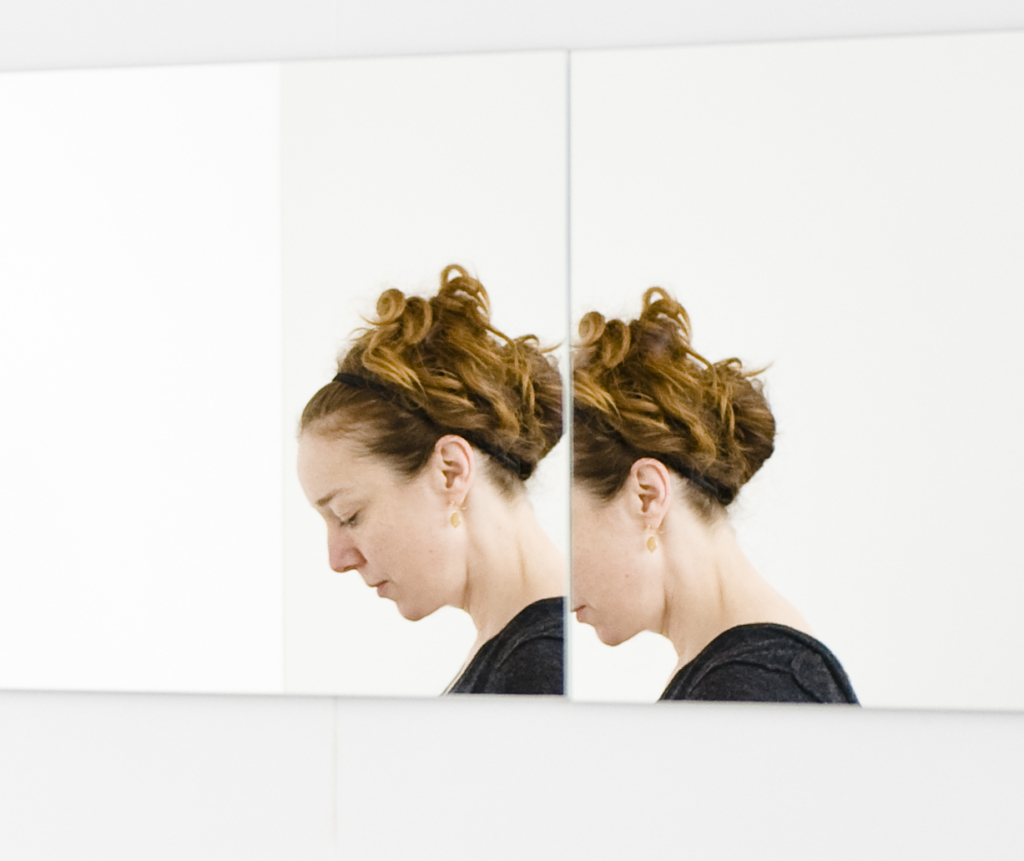
The exacting work of New Orleans-based designer and architect Marion Cage McCollam encompasses projects both tiny and massive — from delicate stud earrings to full-scale residential buildings. “The way I look at it is: it’s all design — [but with] different scales and different applications,” McCollam told Alexander Marchant during a recent Zoom conversation.
This wide-open approach to design has afforded McCollam a multifaceted career. Outside of her architecture practice, McCollam operates a Magazine Street gallery and showroom that displays her contemporary jewelry and cabinetry hardware — the latter of which is made to order — along with a curated assortment of works by other artists and designers.
After studying at Parsons School of Design in New York and the École Supérieure des Arts Graphiques in Paris, McCollam earned a master’s in architecture from Columbia University. She cut her teeth working in Europe for starchitects — including the late Iraqi-British icon Zaha Hadid and Swiss deconstructivist Bernard Tschumi.
“I’m very sad she’s no longer with us,” McCollam said of Hadid. Intriguingly, her pre-digital duties in that studio included creating drawings and large-scale watercolors designed to convey Hadid’s vision for prospective buildings.
“When you worked for her, you had to get it. She would scribble something on a cocktail napkin and say, ‘Here.’ If you didn’t get that, you didn’t last long. So you really had to learn her language.”
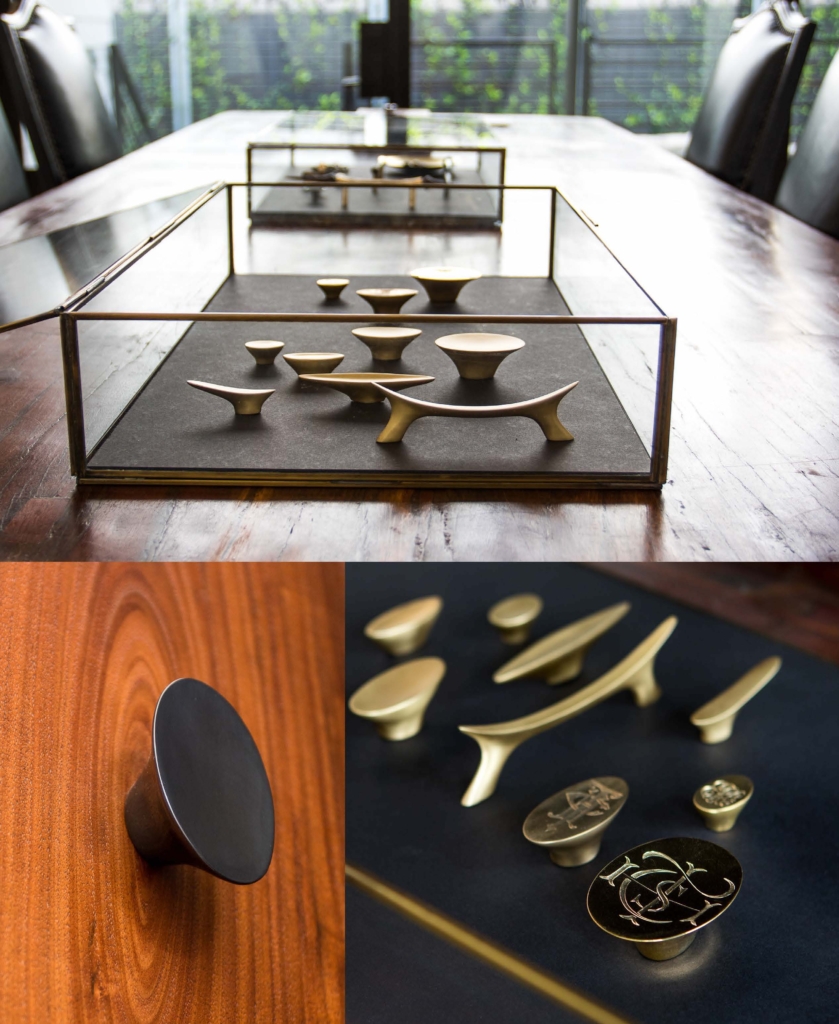
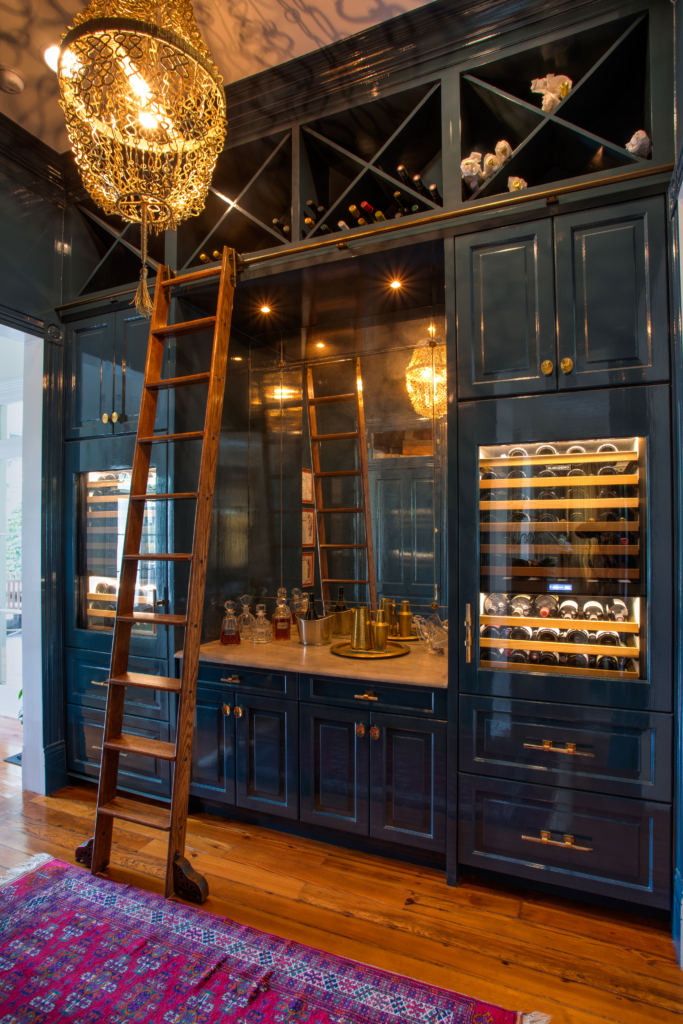
By the mid-2000s, McCollam had branched out on her own and was practicing architecture in New York City. A pivotal moment arrived while she was working on a retail space for a jewelry designer who wanted to outfit her display cases with truly special cabinetry hardware. Serendipitously, McCollam had been taking casting classes at the 92nd Street Y and felt up to the challenge.
I was like, “Well, I could probably just make some. It’s just like jewelry — only bigger. So that’s kind of how I started [designing cabinetry hardware]. And then I went on to do her loft and she wanted me to do more hardware. So it got bigger. It’s a really nice melding of the art and architecture worlds.”
That project laid the groundwork for McCollam’s first collection of cabinetry hardware, Camille. Distinguished by subtle curves and surface details, Camille is minimalist and modern but also warm and tactile — thanks in part to the nuances of lost wax casting. Fittingly, this fusion of old and new sensibilities works equally well in the industrial New York spaces it was originally designed for and the historic buildings of New Orleans. “It does a nice job of tying together traditional architecture with contemporary interiors,” McCollam explained.
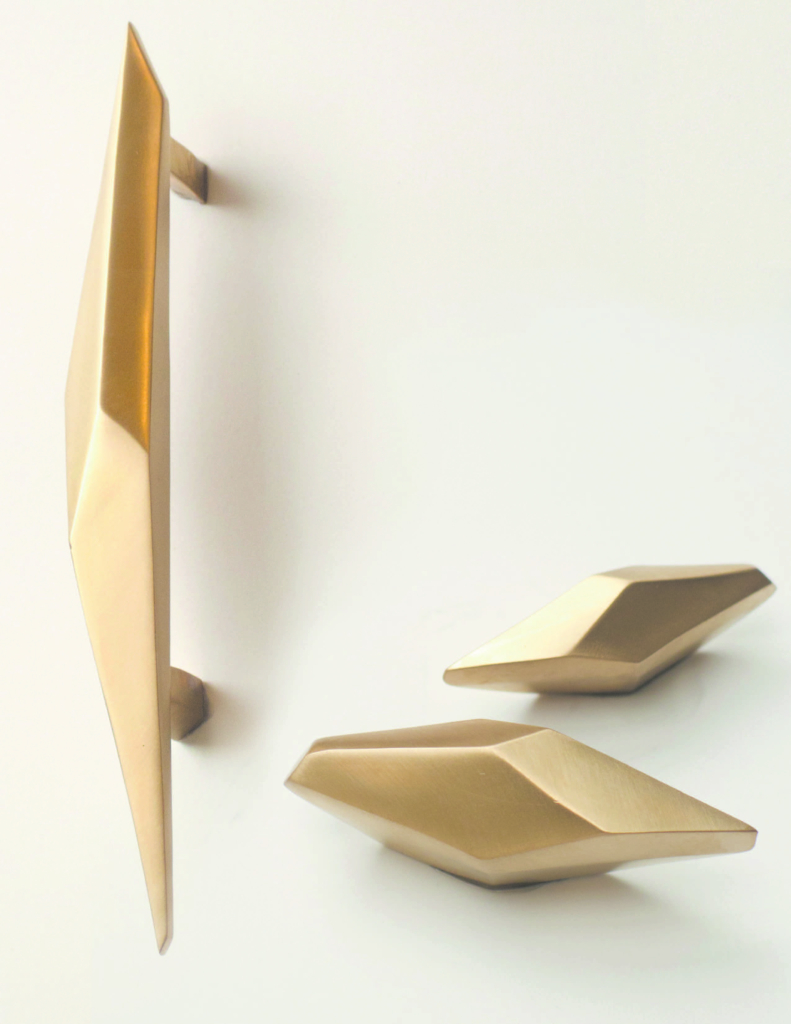
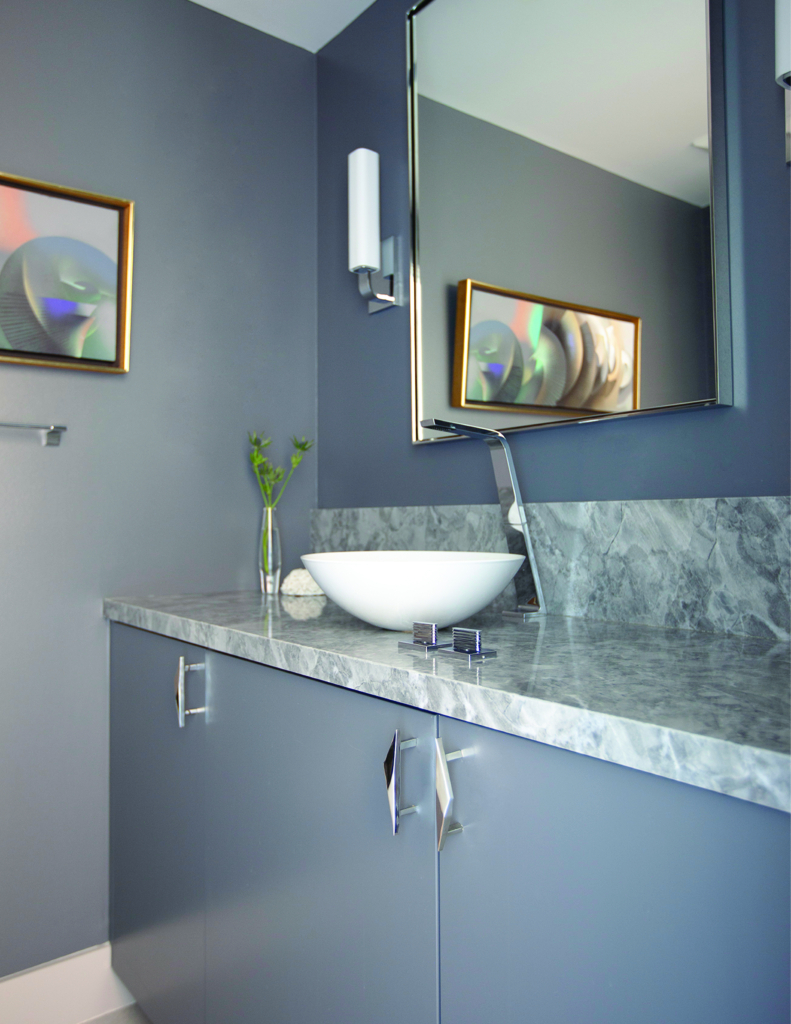
Homage to Zaha
Highlighted by elongated, shard-like forms, McCollam’s Peak series began as a jewelry collection that she later scaled up into a suite of cabinetry hardware. “One of the advantages of working across multiple disciplines is that it sets up the possibility for designs to be adapted or translated from one discipline to another,” McCollam explained in a blog about her creative process. Referencing Hadid’s geometry-driven architecture, McCollam named the collection after the Peak Leisure Club — a would-be landmark Hadid proposed to carve into the Hong Kong hills and punctuate with cantilevered beams and manmade cliffs.
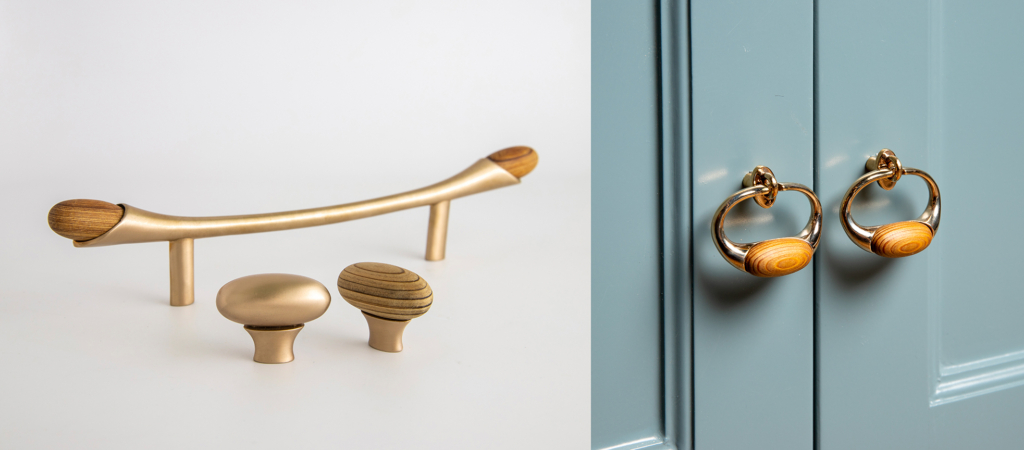
Sacred Stones
Although wildly different from a stylistic perspective, McCollam’s Narmada collection parallels Peak in that its creative spark sprang from personal experience. While visiting India to attend a wedding in Jaipur, she set off on a three-week trip through Rajastan and was especially inspired by Shiva Lingam stones — striated river rocks believed to symbolize the Hindu god Shiva. Composed of cryptocrystalline quartz with iron oxide deposits, the sacred stones get tumbled smooth by the currents of the Narmada River and then polished to accentuate their earthy stripes. Although it wasn’t immediately clear how these organic forms would factor into her work, McCollam eventually drew a connection between Shiva Lingams and sinker cypress — fallen logs that absorb rich colors after lying in lakes and rivers for upward of 100 years. Simultaneously earthy and elegant, the resulting collection of cabinet knobs and pulls showcases the unique juxtaposition of cast metal and reclaimed wood.
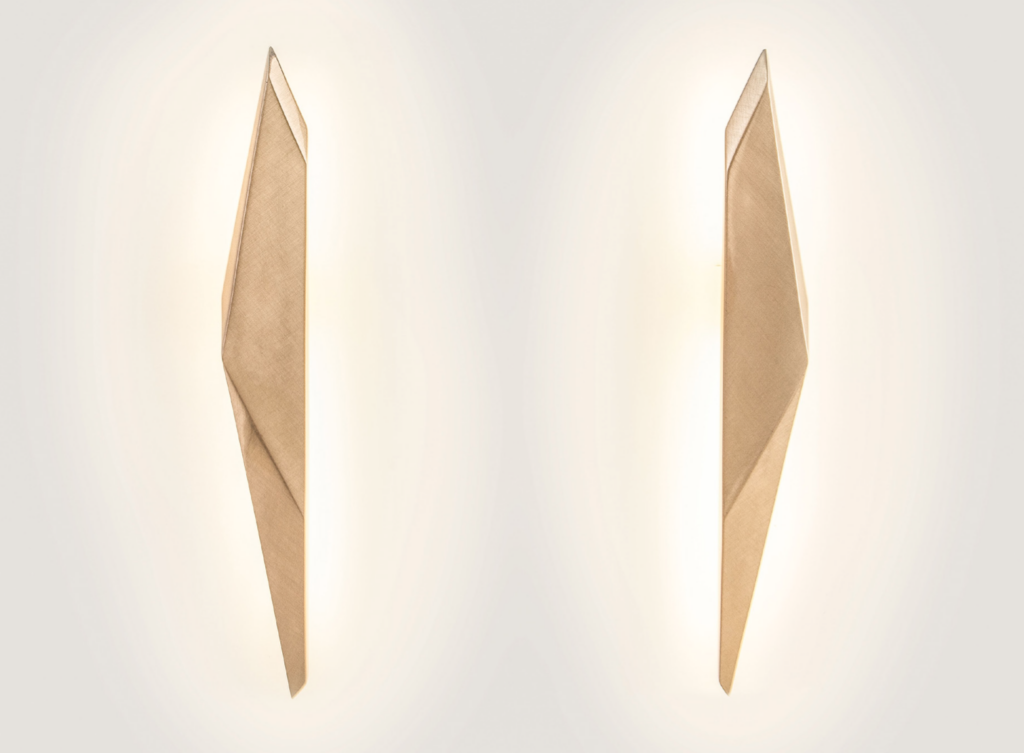
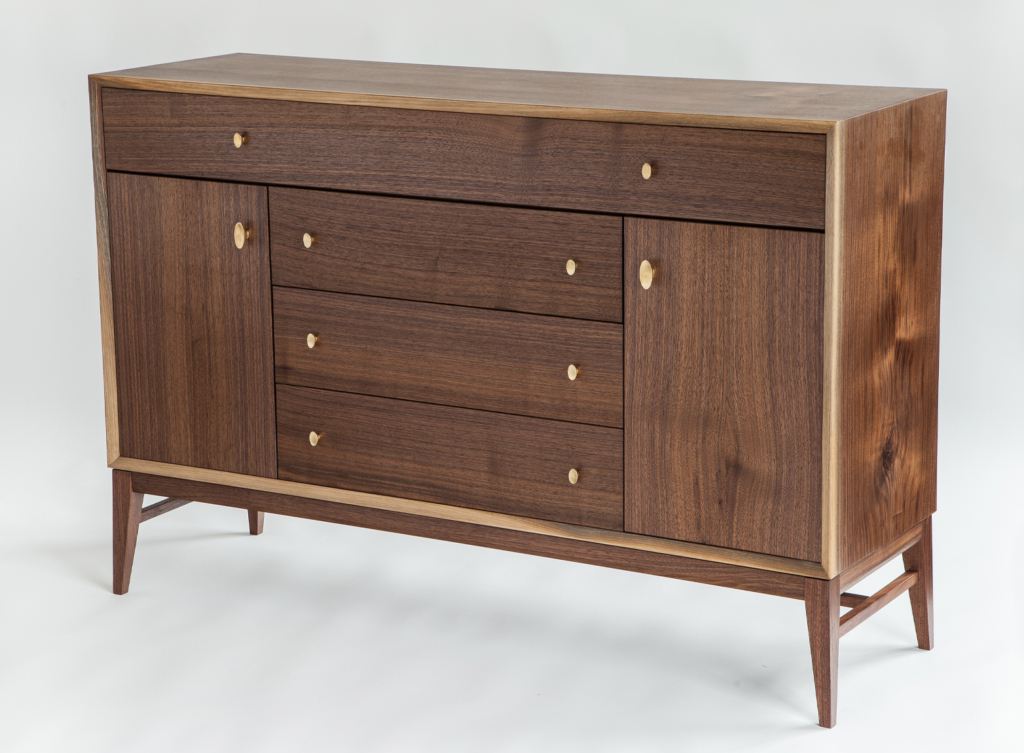
Expanding Collections
While Cage McCollam admits she’s had to “pivot during the pandemic,” she’s also seen a flurry of orders as clients from near and far invest in home improvements. The inevitable retail downtime has allowed her to take on more architectural work and even branch out into furniture and lighting design. Her very first light fixture — a spectacular pair of sconces that mirror one another — fits neatly within the geometric confines of her still-growing Peak collection. She’s also been sourcing stones to incorporate into her Narmada designs and developing door hardware to complement each of her collections. Musing about her interdisciplinary endeavors, McCollam offered, “If you talk to most architects, we just have this love of getting our hands dirty and making things. … That’s why I was so drawn to making jewelry — and then hardware — because there’s craft to it. .. As long as I can make something beautiful, it doesn’t matter to me if it’s a building or a piece of jewelry.”
